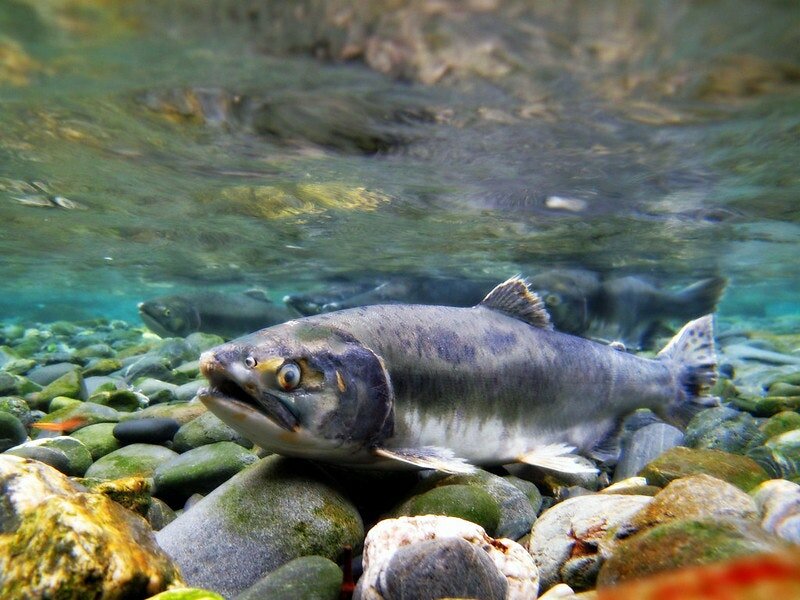In August, three Native tribes — two in Washington, and one in California — petitioned the EPA to regulate the use of 6PPD in tire manufacturing.
6PPD has been in use for decades as a bonding agent to prevent cracking and general wear and tear in tires. When the surface of the tire reacts with ozone or oxygen, it turns into a new compound called 6PPD-Quinone.
"6PPD-Q, which we've now discovered, is the second most toxic chemical ever evaluated to aquatic life," said Elizabeth Forsyth, senior attorney with Earthjustice’s Biodiversity Defense Program, who worked on the petition.
The primary result of exposure is called urban runoff mortality syndrome, which kills up to 100% of coho salmon returning to streams in an urban watershed.
The Port Gamble S'Klallam Tribe, Puyallup Tribe, and Yurok Tribe in California signed onto the petition asking the EPA to regulate the use of 6PPD in tire manufacturing. Proponents hope regulation will push tire manufacturers to develop alternatives to 6PPD. A letter of resolution for support was also signed by a coalition of 57 Northwest tribes.
This week, Earthjustice announced a new lawsuit against tire manufacturers for their use of 6PPD. It was filed by the Pacific Coast Federation of Fishermen's Association and the Institute for Fisheries Resources.
"A lot of our people are dependent for their livelihoods on the harvesting of salmon," said Glen Spain, executive director for the Pacific Coast Federation of Fishermen’s Association. "The problem is that a lot of our salmon runs are deeply distressed."



 Native Americans
Native Americans Fishing
Fishing Chemicals
Chemicals State of Washington
State of Washington State of California
State of California


